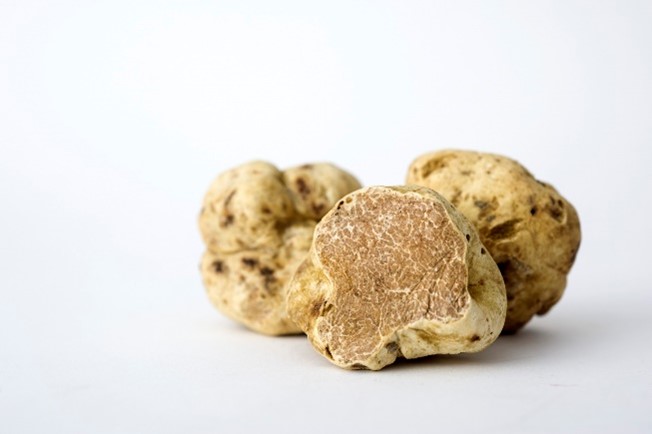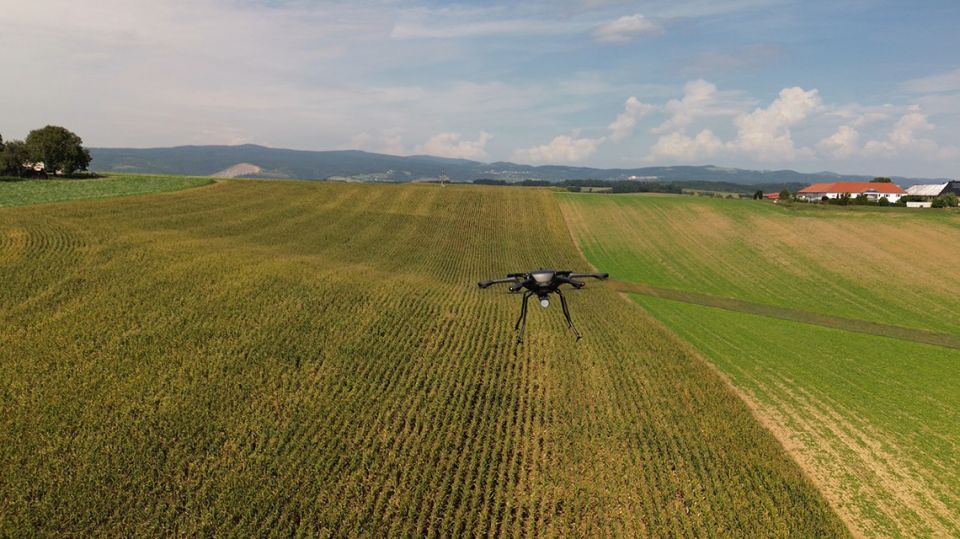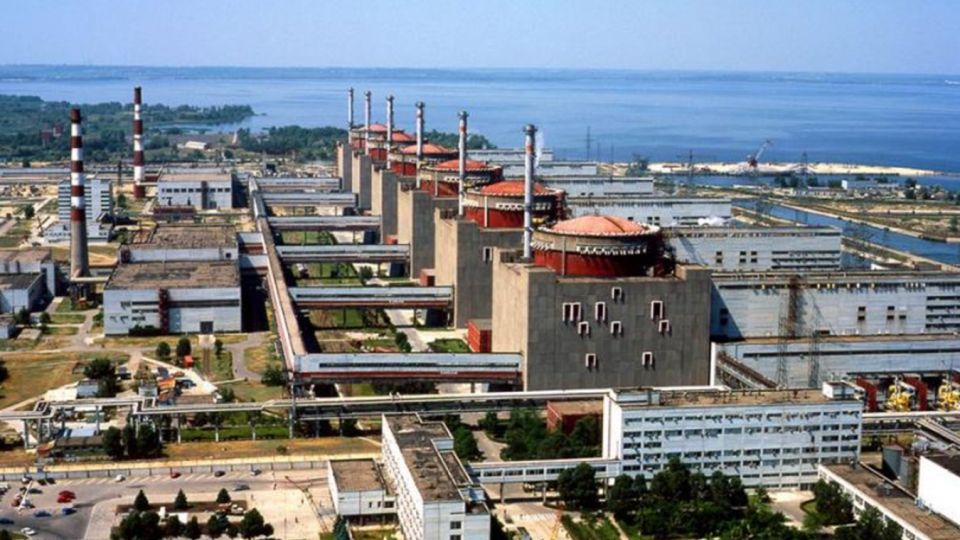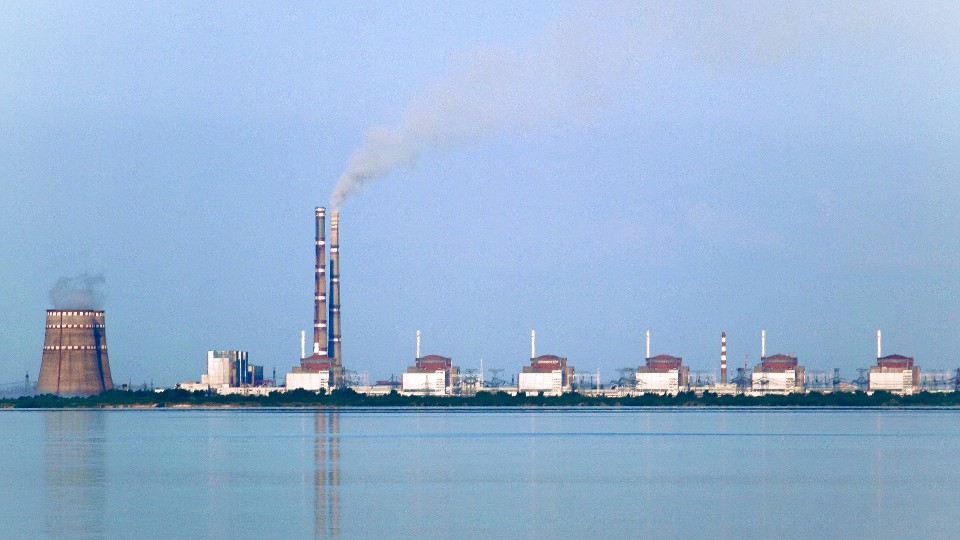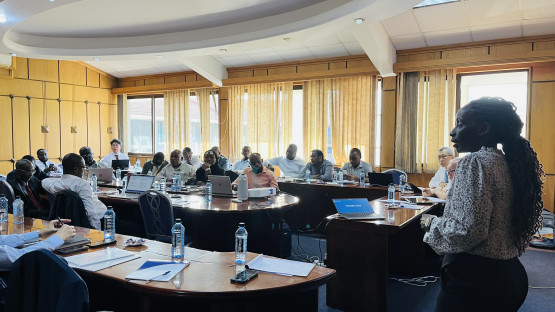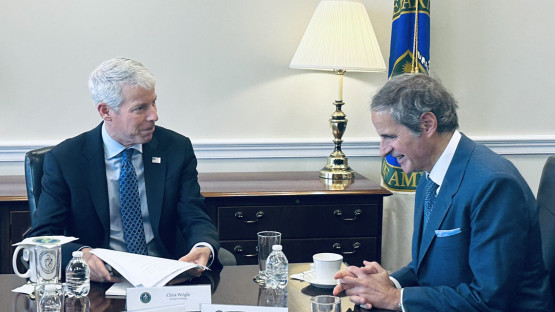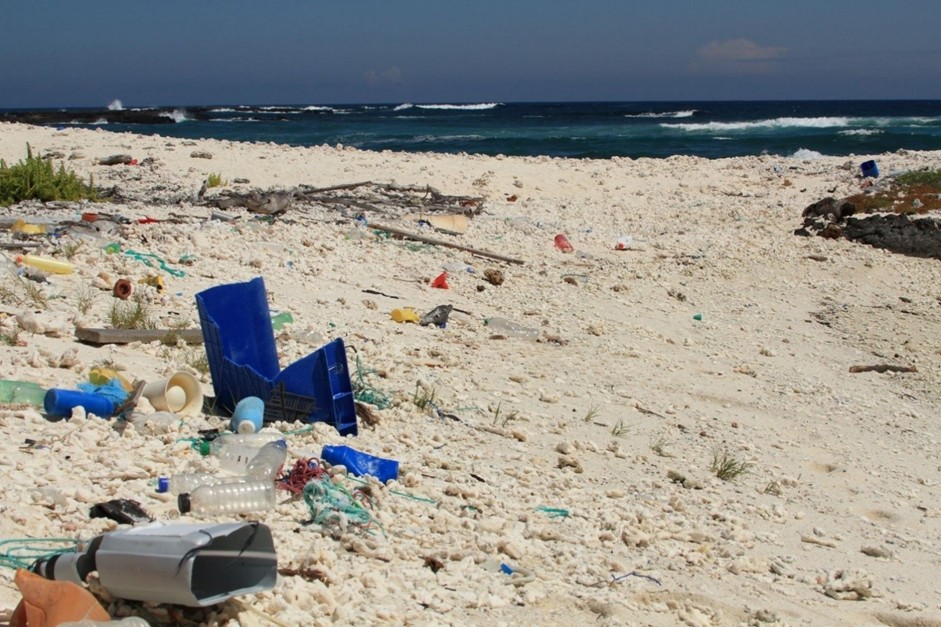The most important results of the study were recently published in the journal Molecules. The study focuses on fraud related to the misrepresentation of the geographical origin or species identification of the mushroom, known as mislabeling.
Background: Truffles are edible fungi that grow in the soil in symbiosis with the roots of several tree and bush species. Their price ranges from a few hundred dollars to thousands of dollars per kilogram. The most valued varieties are those produced in Europe (mainly in Croatia, France, Hungary, Italy, Slovenia, and Spain), which account for 85 percent of the global market.
In 2012, a test showed that 15 percent of truffles sold as French, at a high price, originated from a country in Asia that produces a different kind of truffles at a price of only around €15 (roughly $18) per kilogram. Another type of fraud consists of selling cheaper species (such as Tuber borchii) labeled as the most expensive varieties (such as Tuber magnatum).
Details: The Slovenian scientists created a reference database for truffles. This database includes naturally occurring stable isotope ratios of hydrogen, carbon, nitrogen, oxygen, sulfur, and strontium, as well as the elemental and isotopic composition of authentic Slovenian truffle samples of the Tuber species from a range of geographical, geological, and climatic origins.
To verify whether the database can be used to establish the origin and the species of truffles and therefore prevent food fraud, the scientists tested their database with 58 truffles from eight different countries (Bosnia and Herzegovina, China, Croatia, Italy, North Macedonia, Poland, Slovenia, and Spain). They concluded that it was possible to determine the geographical origin of truffles at a 77 percent accuracy by analyzing their chemical and isotopic fingerprints. They also managed to confirm differences between species with an accuracy of 74 percent by using these techniques.
They said it: “Fraud occurs worldwide and cannot always be detected by using traditional methods,” said Nives Ogrinc, deputy director at the Department of Environmental Sciences of the Jozef Stefan Institute, who led the research. “Therefore, we need to find new approaches, such as the isotopic analysis.”
